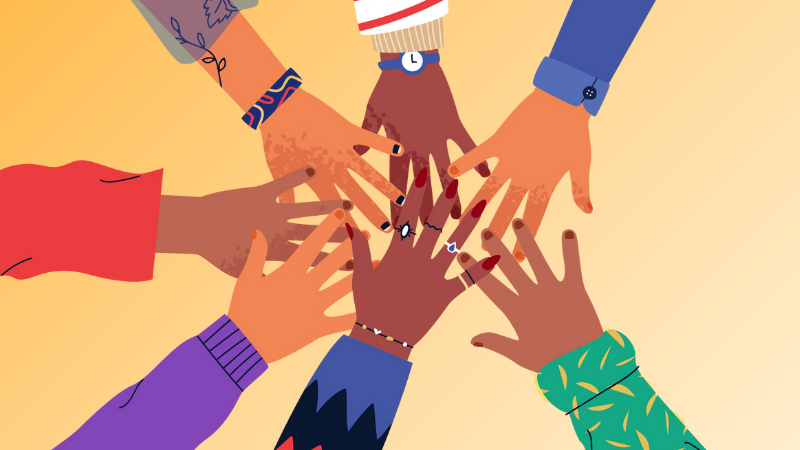How a leader’s gender impacts a company’s ability to recover from failures

Key Takeaways:
- Leader gender is a major input in how consumers judge organizational failures.
- Consumers’ willingness to patronize a female-led versus a male-led organization in the wake of a failure depends on whether the failure is attributed to competence or ethical shortcomings.
- Post-failure judgments vary depending on whether an organization competes in a gender-neutral, male-oriented or female-oriented industry.
In recent years, senior leaders have become the public face of their organizations, particularly in the wake of crises. For example, following the Cambridge Analytica data revelations, it was Facebook’s CEO Mark Zuckerberg who appeared in a televised interview to apologize for the incident.
It is now common for consumers to observe characteristics of a leader, such as gender, as they follow news about an organization. Much emphasis has been placed on increasing female representation in these senior leadership positions of organizations; however, gender continues to shape the perceptions of the organization and impact an organization’s ability to recover from failures.
Organizational failures occur when companies do not meet performance expectations, such as product issues, industrial accidents or labor law violations. Some failures are attributed to lack of competence, such as exploding Samsung Galaxy Note 7 phones, while others are perceived as moral shortcomings, such as Volkswagon’s emissions-testing violations. Logic suggests a leader’s gender should not affect consumers’ willingness to support an organization in the wake of publicly revealed failures, but recent research suggests otherwise.
The results of six studies, conducted with over 2,500 consumers, show that consumers’ willingness to patronize an organization in the future depends on both the type of failure and the gender of its leader. Enduring gender stereotypes — that women are likeable and concerned for others’ well-being — have become a major input in how consumers judge organizational failures.
These stereotypes have led to consumers having higher expectations of ethicality and lower expectations of competence for female-led organizations. Consequently, consumers penalize female-led organizations more than male-led organizations for ethical failures, but less for competence failures. In contrast, gender stereotypes do not alter expectations of male-led organizations, resulting in both types of failures garnering a similar response from consumers.
The industry in which an organization competes can further impact consumers’ post-failure judgments. In industries perceived to be either gender-neutral (e-commerce) or male-oriented (automotive), consumers are more forgiving of competence failures for female-led organizations than male-led organizations, but they are less forgiving of ethical failures. In more female-oriented industries (childcare products), female-led organizations are penalized more than male-led organizations for both ethical and competence transgressions. This is driven by consumer perceptions that female-led organizations have increased knowledge about their constituents — and therefore raises consumers’ expectations of its capabilities.
Although women are still underrepresented in senior leadership roles, they increasingly occupy these positions. Because leaders are now more visible to external audiences, particularly during crises, personal characteristics like gender shape consumers’ judgments in ways that are important to an organization’s future performance. By understanding the unique challenges that female leaders face, we can further explore ways to reduce gender-based differences and improve both their career outcomes and performance outcomes for the organizations they lead.
Based on an original article here:


